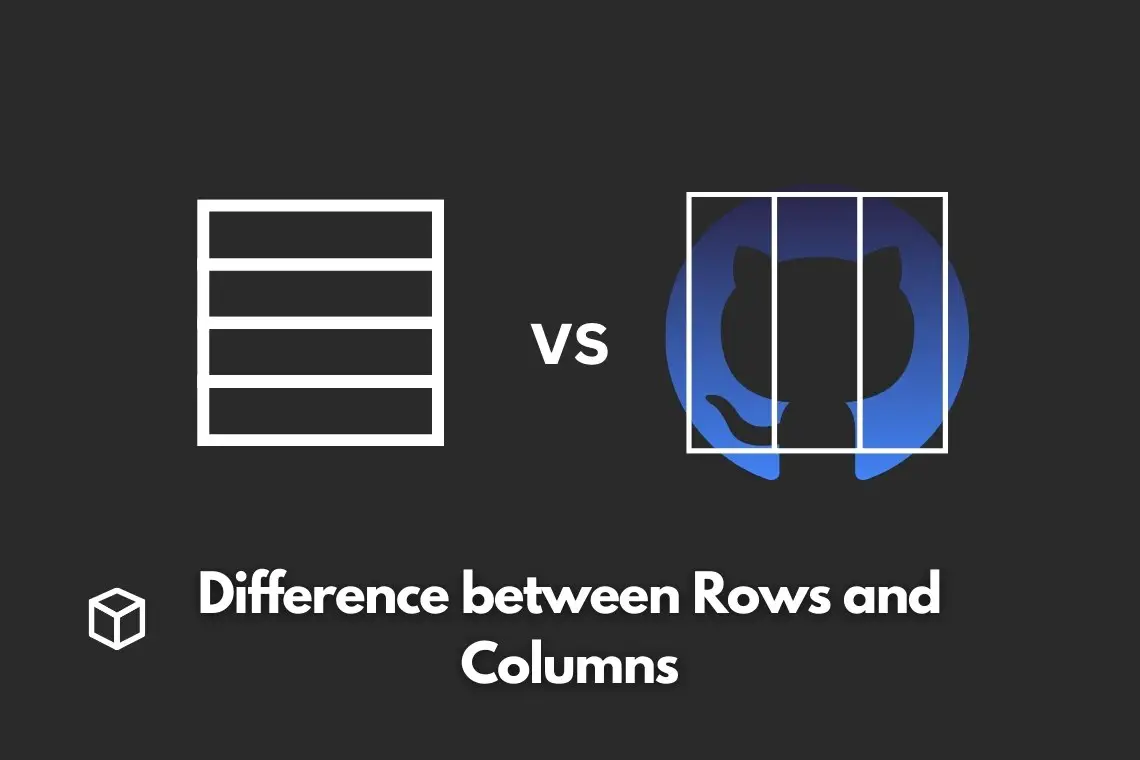Data organization and analysis are essential for making sense of the vast amount of information that is generated and collected every day.
One of the most fundamental concepts in data organization and analysis is the distinction between rows and columns.
In this article, we will define rows and columns, explain how they are typically represented, and give examples of how they are used in data organization and analysis.
We will also discuss the differences between rows and columns, how they affect data analysis and manipulation, and their role in data visualization.
Rows
A row, also known as a record or tuple, is a horizontal line in a data set that contains a set of related data.
For example, in a spreadsheet, each row represents a single individual or item, with each column representing a different piece of information about that individual or item.
In a database, rows represent records and a table is made of rows and columns.
Rows are used to organize data in a way that makes it easy to read and understand.
Columns
A column, also known as a field or attribute, is a vertical line in a data set that contains a specific category of data.
In a spreadsheet, each column represents a different piece of information, such as a person’s name or address.
In a database, columns represent fields and each row has the same set of columns with different values.
Columns are used to organize data in a way that makes it easy to find and analyze specific information.
Differences between Rows and Columns
While rows and columns may seem similar, they have distinct differences in terms of organization and representation of data.
Rows are used to organize data in a way that makes it easy to read and understand, while columns are used to organize data in a way that makes it easy to find and analyze specific information. The
distinction between rows and columns also affects data analysis and manipulation. For example, when sorting data, you can sort by rows or by columns.
Further, the role of rows and columns in data visualization is different.
Rows are used to represent the data points, while columns are used to represent the different attributes of each data point.
Conclusion
Understanding the difference between rows and columns is essential for effectively organizing and analyzing data.
Rows and columns serve distinct purposes in data organization and analysis, and their distinction affects data analysis and manipulation, as well as data visualization.
In order to become proficient in data organization and analysis, it is important to practice working with data and become familiar with the distinctions between rows and columns.




